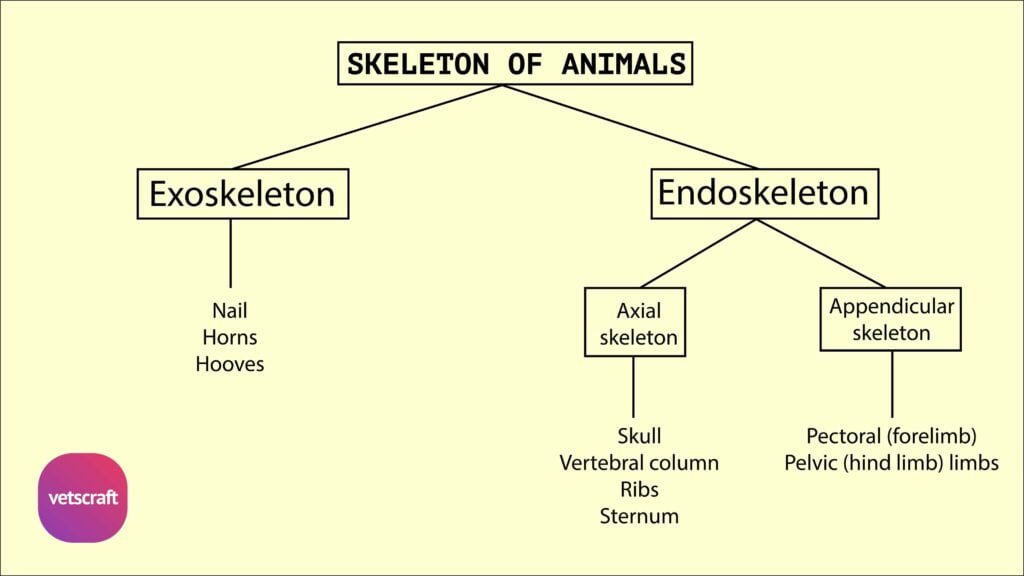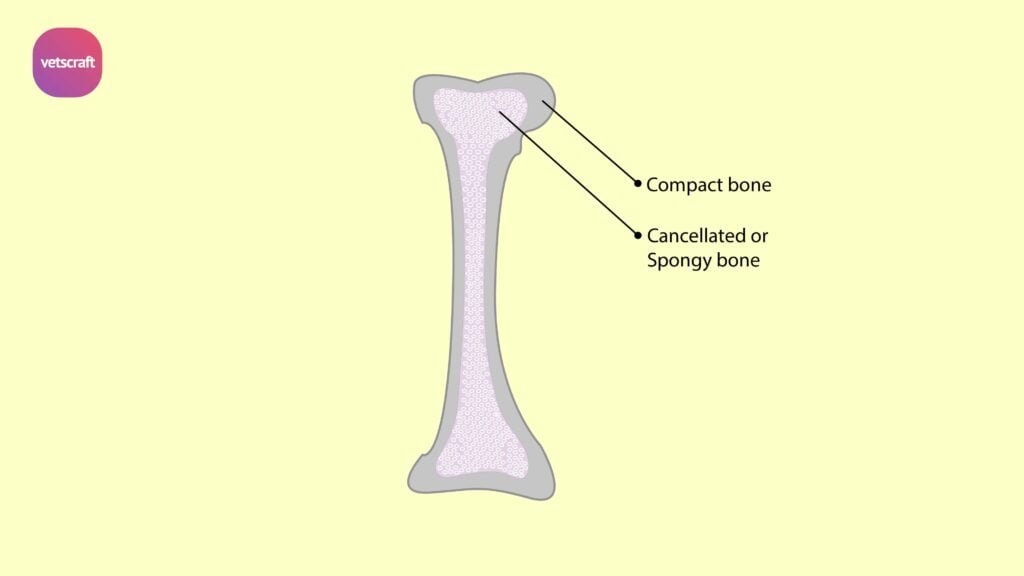TABLE OF CONTENTS
Temporo-Mandibular articulations in animals
Temporo-Mandibular articulations in Ox
Temporo-Mandibular articulations in animals is a diarthrosis between the condyles of the ramus of the mandible and the squamous temporal.
Ligaments
- Capsular Ligament attached round the articular areas. There are two synovial membranes one above and below the inter-articular cartilage.
- Lateral ligament-which extends between the zygomatic process and the neck of the ramus.
- An inter-articular cartilage or meniscus is interposed between the articular surfaces to bring about adoption of the articular areas.
Motion
- Gliding and angular movements as depression and elevation in opening and closing the mouth.
- Rotation on a vertical axis in transverse movements performed during mastication.
Temporo-Mandibular articulations in Horse
There is in addition a posterior ligament of elastic tissue attached above to the post glenoid process and below to the next of the ramus.
Lateral movements are restricted in horses.
Temporo-Mandibular articulations in Dog
The inter-articular disc is very thin and the posterior ligament is absent.
There is no transverse movement in dog.
Temporo-Mandibular articulations in fowl
The presence of the quadrate bone permits the mechanical elevation of the upper part of the beak whenever the mandible is depressed.
This is rendered possible by the absence of rigidity in the neighborhood where the frontal, nasal and incisive bones meet and add materially to the freedom with which the fowl can widely open the mouth.
The elevation of the upper beak is brought about in the following manner. Depression of the mandible causes a forward motion to the lower end of the quardrate and this is transmitted to the pterygoid, the inner end of which is movably articulated to the sphenoid.
The palatine being joined to the pterygoid is necessarily pushed forwards at the same time; thus the movement is communicated to the upper beak with which the anterior end of the palatine is connected.

